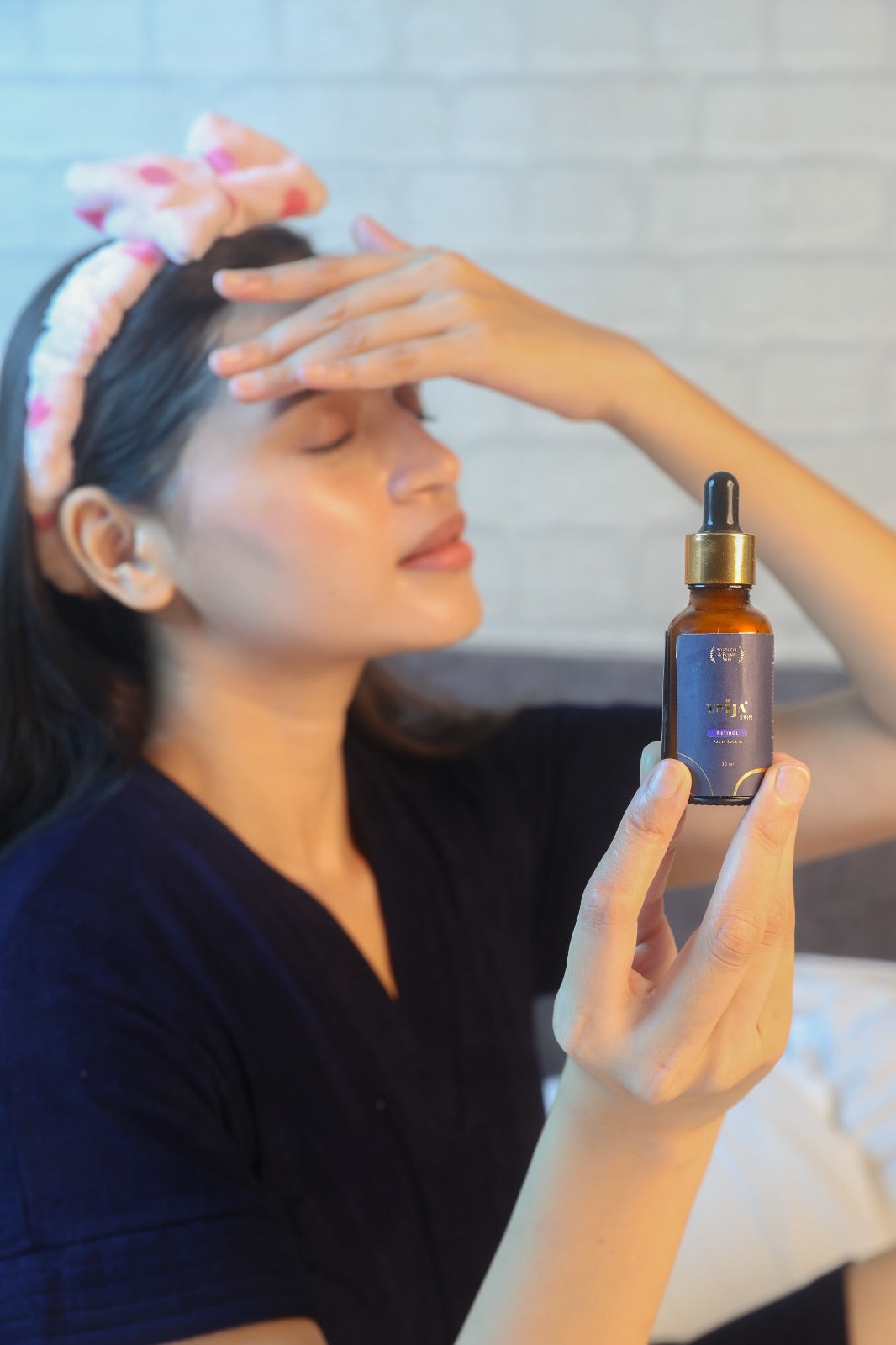
Can face moisturizers help with acne scars?
Whenever we get a pimple on our face, we worry more about what kind of scar it is about to leave! Before it bids farewell, we start wondering about the correct type of spot treatment that would work for this zit to prevent any kind of hyperpigmentation. But what if we tell you that caring for the scars that acne leaves behind can be a bit simpler if you choose to do so? After all, moisturizers are not just made for moisturizing your skin, they are capable of so much more than that!
Why does acne leave behind scars?
Whenever there is any type of injury to your skin (in this case, it includes acne); it leads to a local inflammatory reaction. This leads to increased production of melanin in that area, thus increasing the pigmentation and darkening the skin in that specific part of your face. This type of increased pigmentation that occurs after inflammation is also known as post-inflammatory hyperpigmentation or PIH. PIH can affect people irrespective of their skin tone but is generally more severe and frequent in people with a darker skin tone.
The general scheme of treatment when it comes to post-inflammatory hyperpigmentation is an early approach. And when we think about this treatment, the first thing that comes to our minds is using serums with variable types of topical actives as the easiest approach. The next thing that you want to focus on is a broad-spectrum SPF, as UV rays can induce the formation of more melanin.
However, using serums on inflamed or recovering skin can be a slippery slope, especially if you have an inflamed barrier, sensitive skin, or even if you are new to the skincare world.
Can moisturizers help with post-inflammatory hyperpigmentation?
Long answer short, yes they can! For those of you afraid to use actives in a very high concentration, here come the life-savers: actives packed into gentler tubs of goodness, moisturizers. Since moisturizers generally form the final steps of your skincare routine, they work rather slowly (but surely). Even though the effects that you observe won’t be as rapid as you would expect a serum to work, but the action a moisturizer has will be gentler when it comes to treating acne scars.
When choosing a moisturizer specifically for correcting or preventing PIH, look for the following ingredients:
Tyrosinase inhibitors such as hydroquinone, azelaic acid, and arbutin have always been the mainstay of treatment for PIH due to many reasons. Tyrosinase is an enzyme that converts the melanin precursor DOPA into melanin. By inhibiting tyrosinase and selectively killing the melanin-producing cells (melanocytes), these ingredients help with PIH when applied for about 4 weeks.
Depigmenting agents like retinoids help with increasing the skin’s natural turnover rate by inducing skin cell proliferation and shedding. Tretinoin, by far the most powerful retinoid, is a prescription-based medication that is too strong to be used twice a day as a moisturizer. However, gentler formulations have been made with other derivatives of Vitamin A including retinol. Additionally, retinoids also decrease the occurrence of acne by normalizing the skin cycle.
Brightening agents like ascorbic acid (Vitamin C) and Niacinamide (Vitamin B3): Niacinamide is known to inhibit the appearance of PIH without significantly interfering with the activity of tyrosinase. It is stable in visible light, and a 5% concentration is very effective in treating PIH over 8-12 weeks. On the other hand, Vitamin C induces skin lightening by interfering with tyrosinase activity as well as acting as a very potent anti-oxidant, particularly when used in a concentration of 10-20%.
Chemical exfoliants like glycolic acid and salicylic acid are alpha and beta-hydroxy acids respectively. The former works by inducing shedding of your most superficial layer of skin cells, while the latter penetrates slightly deeper owing to its lipid-solubility
SPF should always be an integral part of your skincare routine. When you use a moisturizer with SPF, you ensure that you are protecting your skin from UV-induced DNA damage which is a known trigger for melanin production.




